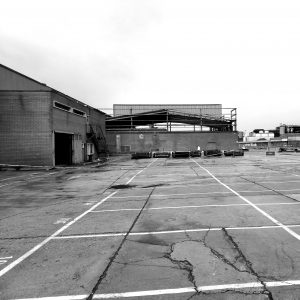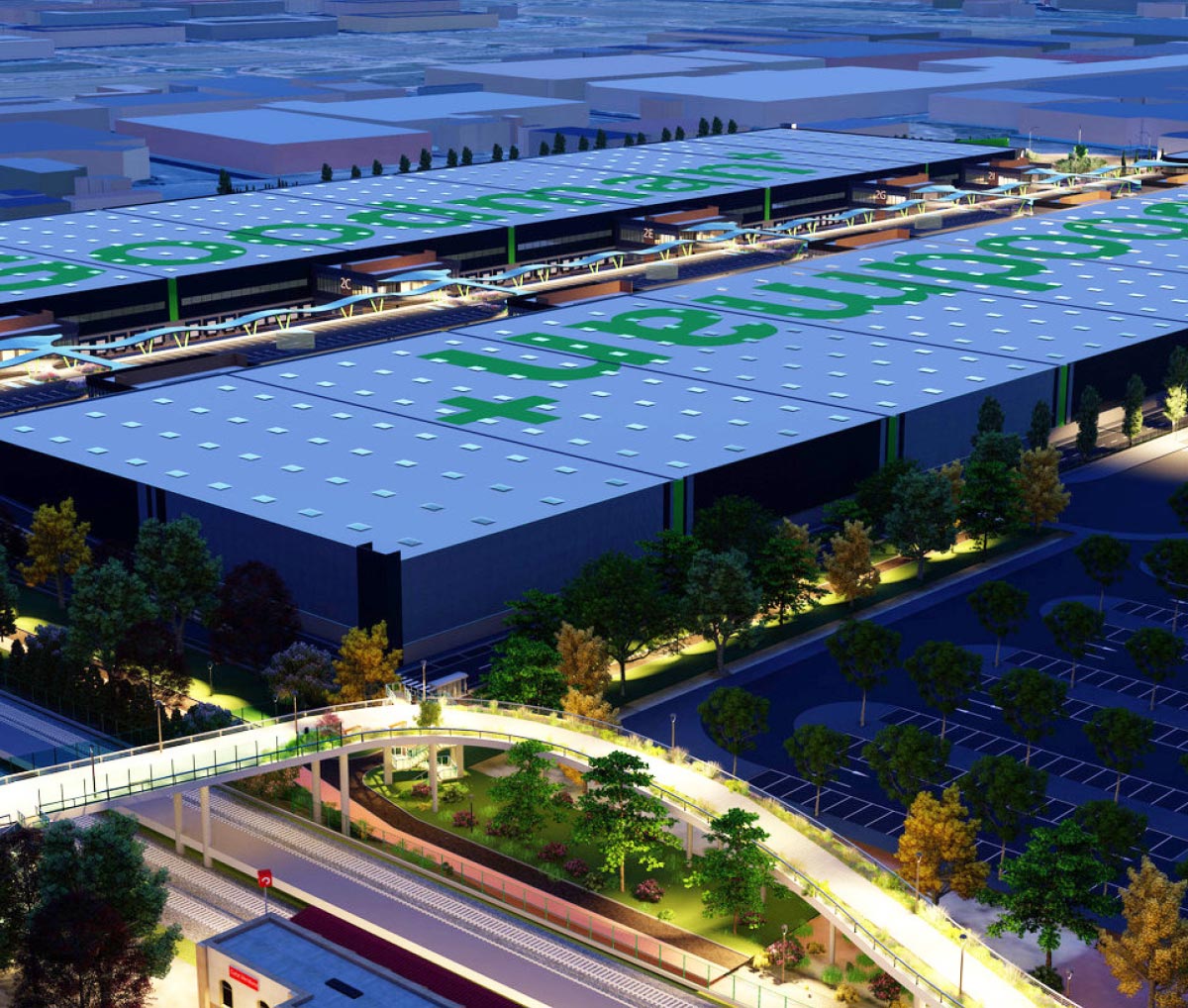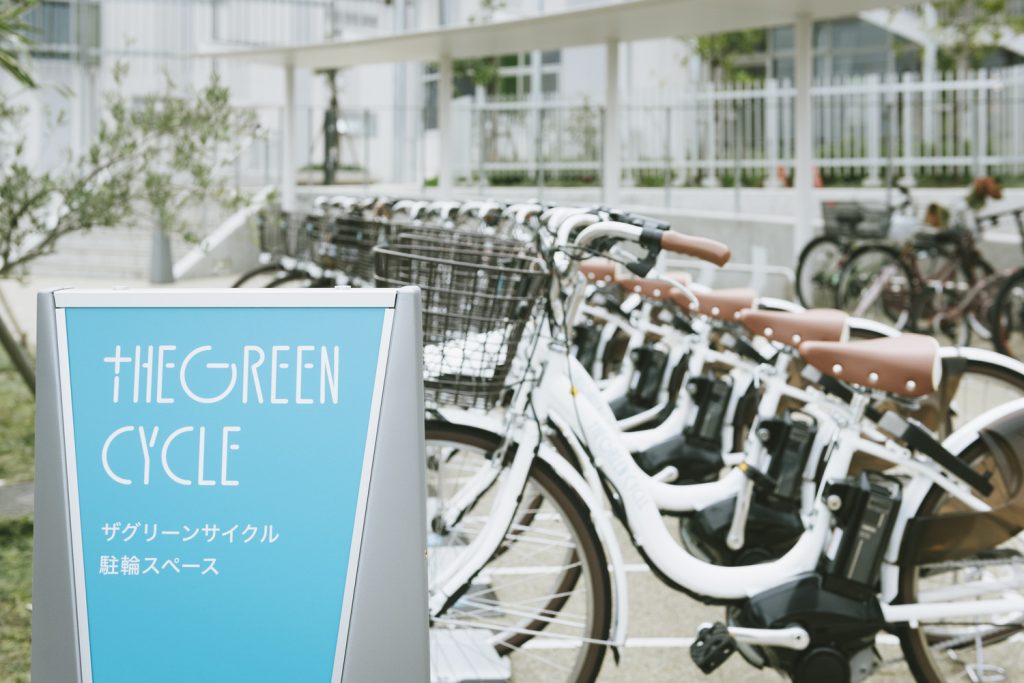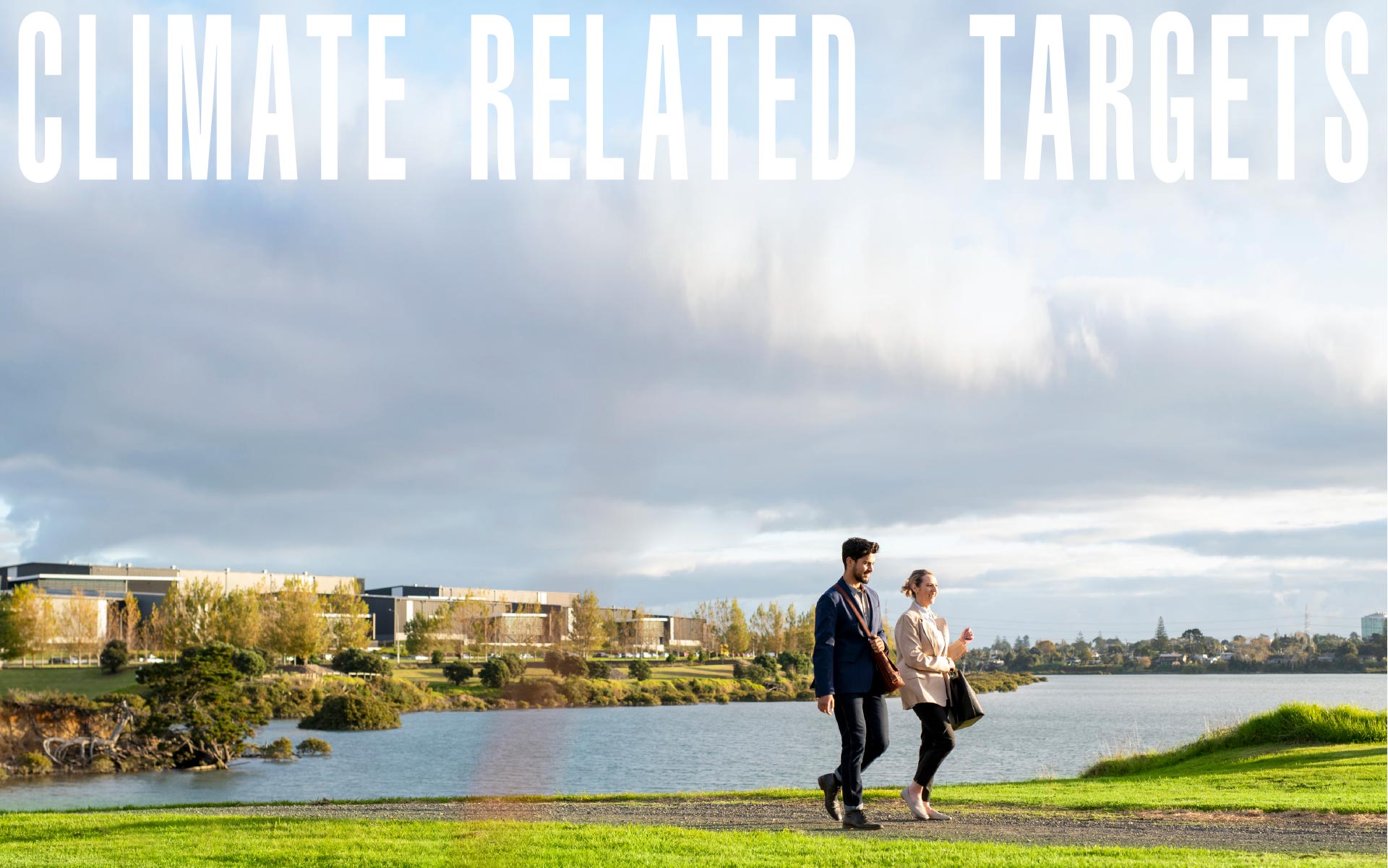Sustainability in the heart of Madrid
Just 20 minutes from Madrid’s centre, Goodman is working with the Getafe municipality to regenerate the Getafe Terminal Logistics Centre area – a former industrial warehouse, unused for a decade.
The centre will depart from the traditional idea of how an industrial business park should look, feel and operate. Featuring 24,000 sqm of green space, its innovative split design means that despite heavy truck transit, employees who do not deal with trucks as part of their job will never cross paths with one.
Getafe’s warehouse spaces are cleverly designed to incentivise smaller retailers and enterprises, while the project’s revitalisation of this once-abandoned area will tempt back businesses and residents alike.
Sustainability was considered at every stage, starting with demolition. Close to 85% of the total non- hazardous material – around 60,000 cubic metres – was recycled into the new centre’s base.
The building’s water-saving drainage and preparation for future solar panels will see it achieve a BREEAM Excellent ranking. Meanwhile, it is Spain’s first industrial project to achieve BREEAM Green Urbanisation certification for its surrounding infrastructure and zoning works.
The extra mile was travelled aesthetically too. While Getafe Terminal Logistics Centre is firmly focused on the future, its design pays homage to the area’s proud aviation heritage.




 Bicycles for customer use at Goodman Business Park, Greater Tokyo, Japan
Bicycles for customer use at Goodman Business Park, Greater Tokyo, Japan
